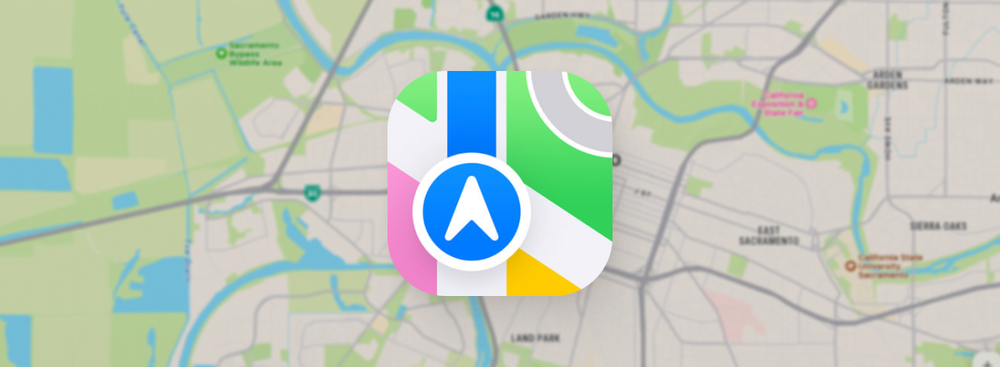After more than a decade since its debut on iPhone, Apple Maps has finally expanded to the web, marking a significant move to challenge Google Maps' dominance. The new web-based version of Apple Maps is now available in public beta, allowing users to access the service directly from their browsers.

Apple Maps on the web offers a range of features similar to its mobile app counterpart. Users can get driving and walking directions, explore ratings and reviews for various locations, and even order food directly from a place card within the map. The web version also includes curated guides to help users discover popular spots in cities around the world. In the coming months, Apple plans to introduce additional features, such as the "Look Around" 360-degree panoramic view.
Currently, the web version of Apple Maps is available only in English and is compatible with Safari and Chrome on Mac and iPad, as well as Chrome and Edge on Windows PCs. Apple has announced plans to expand support for additional languages, browsers, and platforms over time.

By bringing Apple Maps to the web, Apple is positioning itself as a serious competitor to Google Maps, which has long been the go-to choice for web-based mapping services. This expansion could help Apple reach a broader audience and offer an alternative for users seeking a different mapping experience.
Developers can now link to Apple Maps on the web, enabling users to get directions and access detailed place information directly from their applications, further integrating Apple's mapping service into the digital ecosystem.














